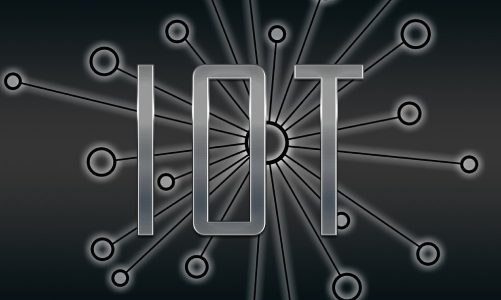The guys told me what competencies employers expect from a modern specialist, why you should not rush to hire a designer on staff, and how to build interaction within the product team.
What Is The Importance Of A Product Designer In A Team?
Three or four years ago, the profession of a product designer in the modern sense did not exist, and UX and UI designers were just part of the pipeline responsible for product development. Stakeholders and the product manager formulated problems and hypotheses, wrote specifications, UX and UI designers worked on them, then the product was transferred to development.
Over time, leading IT companies saw the value in the collaboration of designers, engineers, and managers. so the industry moved away from the assembly line approach.
Now, a working group is formed from the product manager, designer, and developer to solve the problem. And the designer is involved in all stages: from confirming hypotheses to launching and testing. The profession has absorbed UX and UI design and acquired new disciplines.
In the future, the product designer will also take on other duties of a product manager. For example, they organize processes and coordinate different team members. A product designer will have more influence on critical decisions and less prototyping and design. Accordingly, the authority of the designer in the product team will grow.
What Are The Responsibilities Of A Product Designer?
The product designer and manager formulate who will use the product and for what. Then the designer tests the hypotheses: conducts interviews with users, selects the best solutions, and weeds out the unsuccessful ones.
The following steps are creating prototypes and wireframes, choosing a visual style for the product, and developing a design system. After transferring the product to development, the designer interacts with engineers, answers their questions, and solves problems.
After the product is rolled out to production, the designer analyzes the results of the work, collects feedback from users, and, based on this data, works to improve the product.
We have our design system; therefore, having received a product task, the designer does not draw prototypes but analyzes and immediately begins to assemble the interface from ready-made blocks.



